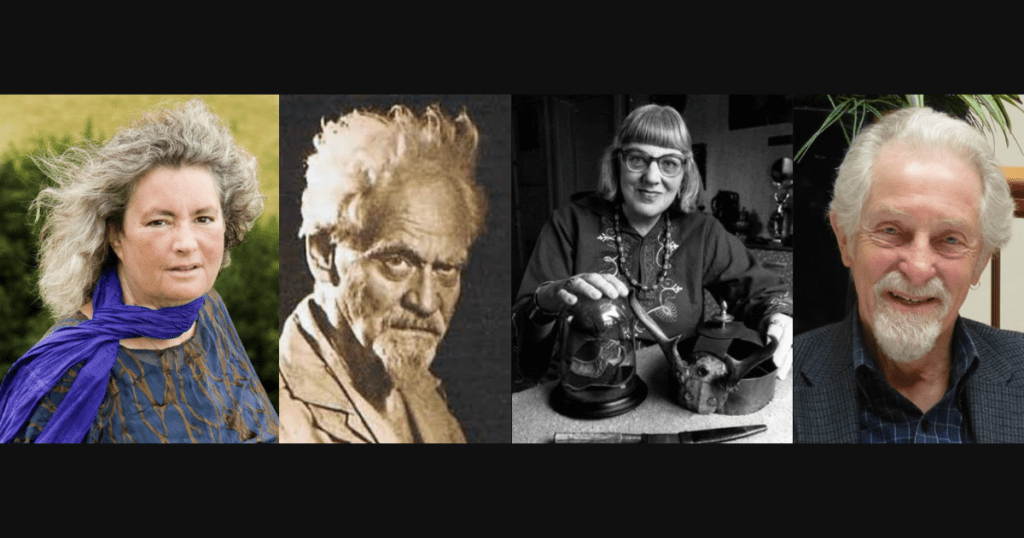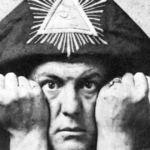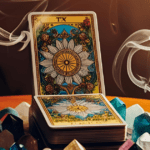Wicca, one of the most prominent modern pagan religions, was shaped by numerous influential figures. These pioneers forged a sacred path that intertwines witchcraft with spirituality, ceremony, and a deep respect for nature.
In this post, we’ll explore the lives and contributions of some of the key figures who laid the foundation for Wicca as we know it today.
Gerald Gardner: The Father of Wicca
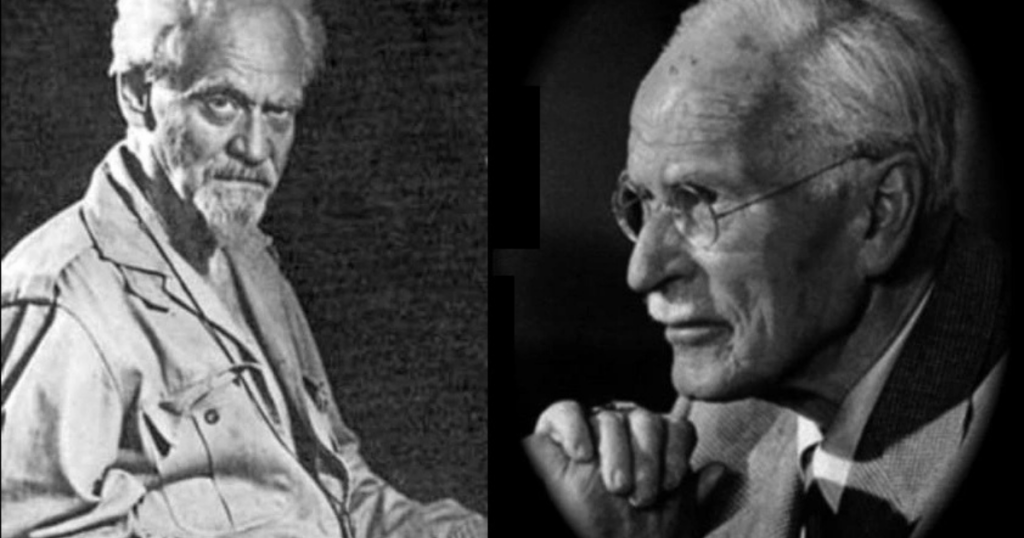
Gerald Gardner is widely recognized as the father of modern Wicca. His passion for folk magic, the occult, and ancient practices led him to formalize the religion in the mid-20th century.
Through his book Witchcraft Today, Gardner brought witchcraft to the public’s attention and established the Gardnerian tradition of Wicca. He believed that witchcraft was an ancient and secret practice that should be revived for modern times.
Doreen Valiente: The Mother of Modern Witchcraft
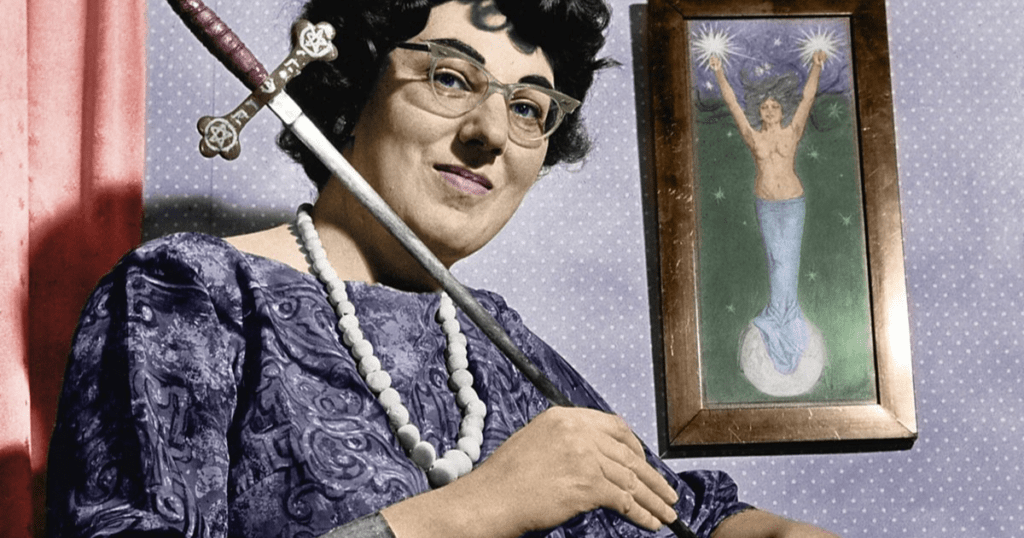
Doreen Valiente’s contributions to Wicca cannot be overstated. Known as the “Mother of Modern Witchcraft,” Valiente worked closely with Gardner and was responsible for much of the liturgy and rituals that form the backbone of Wiccan practices today.
Her poetry, prayers, and the Charge of the Goddess have become cornerstones in Wiccan ceremonies. Valiente also helped to shape Wicca into a more inclusive and spiritually rich path. Her influence remains a vital part of contemporary witchcraft.
Raymond Buckland: Introducing Wicca to America
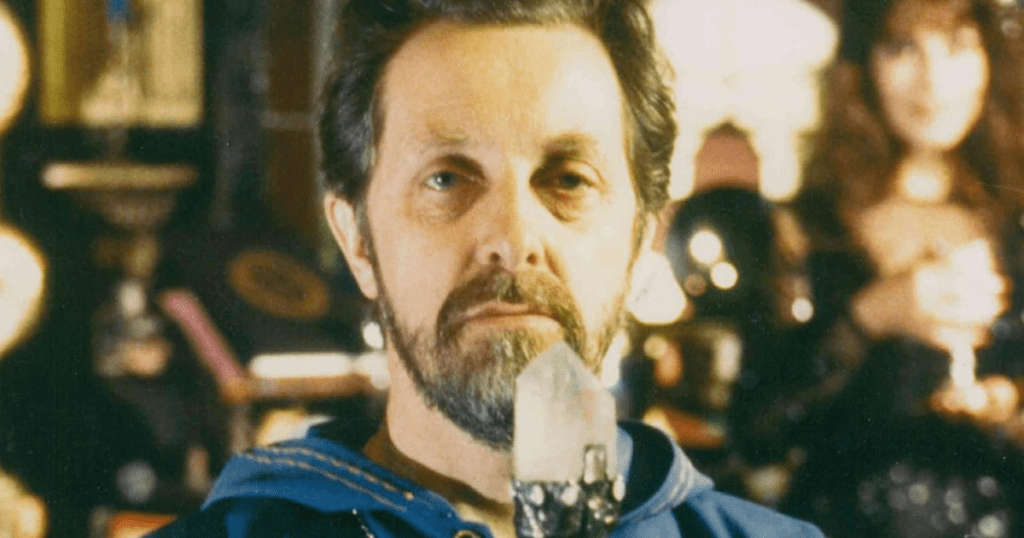
Raymond Buckland played a pivotal role in bringing Wicca to the United States in the 1960s. His book, Buckland’s Complete Book of Witchcraft, was one of the first comprehensive guides to Wicca, introducing many Americans to the spiritual practices and rituals of the religion.
Buckland’s work helped establish the tradition of British Traditional Wicca in the U.S., and he was instrumental in the formation of several covens across the country! His teachings continue to influence modern Wiccan practices.
Starhawk: A Leading Voice in Ecofeminism and Witchcraft
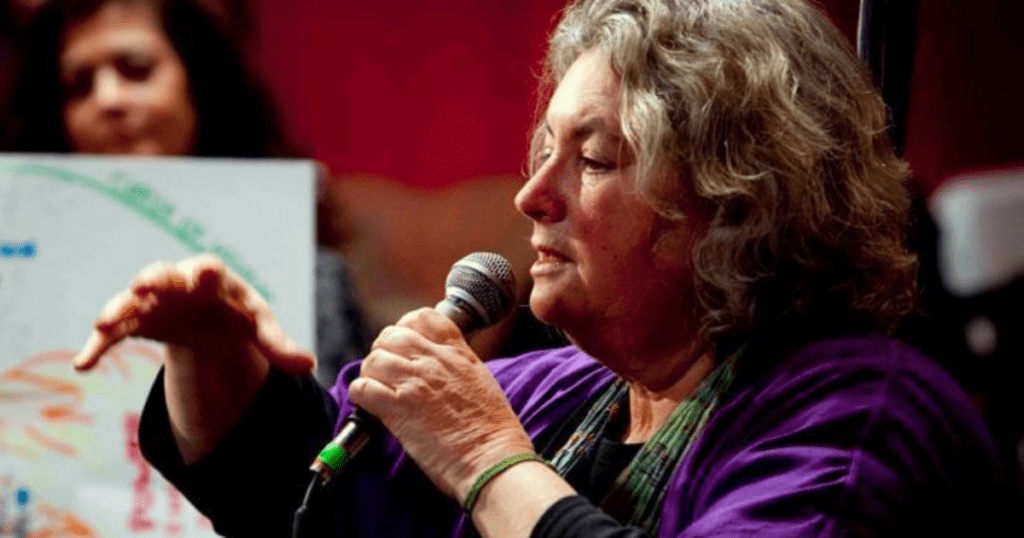
Starhawk is known not only for her pioneering work in Wicca but also for her focus on ecofeminism and the intersection of spirituality and social activism. Her book The Spiral Dance remains one of the most widely read books on contemporary witchcraft, emphasizing the importance of the Earth and the feminine divine.
Starhawk’s teachings advocate for the empowerment of women, the preservation of nature, and the collective responsibility of all people to heal the world.
Conclusion
The sacred legacy of these Wiccan icons is integral to the practice of modern witchcraft. They each contributed their own unique wisdom, vision, and energy to the ever-evolving path of Wicca.
Their teachings and spiritual innovations continue to guide practitioners, shape rituals, and inspire new generations to embrace the power of magic, nature, and the divine.

